Dioscorea Alata
Dioscorea Alata, popularly known as white, water or winged yam, is a tuberous root vegetable which belongs to the genus of Dioscorea. It is also called as Ube in Philippines where it is consumed as a delicious and delightful sweet jam. Dioscorea Alata is mainly cultivated for its large white edible flesh roots which have high carbohydrate content. More than 85% of the carbohydrate reserve in Dioscorea Alata comprises of starch, generally utilized for its edible and medical values. Dioscorea Alata flour is widely used for culinary purposes throughout the world.
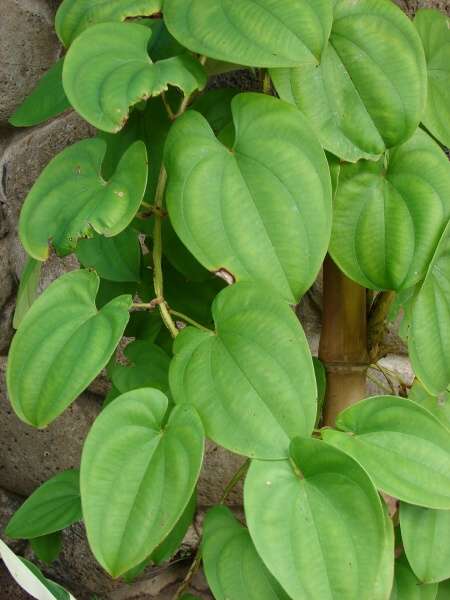
Dioscorea Alata
Table Of Content
Dioscorea Alata Common name
The common name for Dioscorea Alata is water yam, white yam, greater yam, Guyana arrowroot, winged yam, or simply yam.
Dioscorea Alata Description
Dioscorea Alata has a very sheen appearance, but, due to some resembling features it is often confused with taro and the renowned Okinawa sweet potato.
Height: The stems of Dioscorea Alata reach up to 30 feet in length. With squared internodes, Dioscorea Alata roots grow to a great depth, if properly cultivated.
Width: The aerial bulbs that grow in leaf angles stretch up to 10cm x 3cm and posses jolty surfaces.
Flower: The miniscule flowers that arise from the leaf axils take a beautiful shape and grow occasionally in different Dioscorea species.
Roots: The roots of Dioscorea Alata which are generally grown in hard soil are edible and fleshy. These roots contain high amounts of protein and carbohydrate.
Stem: Not surpassing more than 2cm, Dioscorea Alata bears a multistemmed vine.
Color: Dioscorea Alata bears a bright lavender color with white fleshy roots that have multiple health benefits.
Taste: This root vegetable bears a mild sweet taste.
Smell: This species of yam, smell of cinnamon which distinguishes it from its kind.
Dioscorea Alata Distribution
Dioscorea Alata is a perennial herbaceous vine, cultivated extensively in the tropical and sub-tropical regions of the world. Having its impact on human life since the ancient times, Dioscorea Alata shares an Asian Tropical origin and is also grown in South America, Australia, southeast US, Oceania as well as Africa.
Dioscorea Alata Cultivation
The cultivation of this perennial vine requires a huge production area of about 5 million hectares. Dioscorea Alata grows for 8-10 months and then enters into a hibernating mode of 3-4 months. Hard soil with a pH ranging from 5.5 to 6.5 is required for its growth. The suitable air temperature for its development is 40 -70 degree Celsius. Around 1500 millimeters rainfall is mandatory for the crops to nourish.
Dioscorea Alata Health Benefits
Due to its medicinal constituents, Dioscorea Alata offers a number of health benefits. This plant is useful in overcoming various types of physical illness and problems. Other health benefits of Dioscorea Alata are listed below:
- Presence of high level of Vitamin B6 in Dioscorea Alata reduces depression among women.
- The pace of converting the carbohydrates present in Dioscorea Alata into sugar is very sluggish, hence, helps to curb the increase of blood sugar level in the human body.
- Dioscorea Alata elements prove beneficial for human urinary, respiratory and nervous systems.
- High manganese content in Dioscorea Alata increases the energy level in human body.
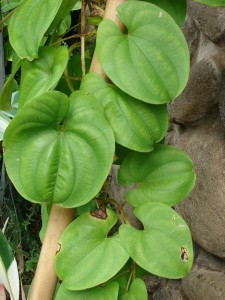 Picture 2 – Dioscorea Alata Image
Picture 2 – Dioscorea Alata Image
Dioscorea Alata Nutritional Information
Following is the nutritional value of 100g of raw Yam (Dioscorea Alata)
| Nutrient | Amount |
| Dietary fiber | 4.1g |
| Carbohydrates | 27.9g |
| Vitamin B6 | 0.3 mg (23%) |
| Thiamine (vit. B1) | 0.112 mg (10%) |
| Fat | 0.17g |
| Riboflavin (vit. B2) | 0.032 mg (3%) |
| Vitamin A equiv. | 7 μg (1%) |
| Sugar | 0.5g |
| Niacin (vit. B3) | 0.552 mg (4%) |
| Magnesium | 21 mg (6%) |
| Vitamin C | 17.1 mg (21%) |
| Potassium | 816 mg (17%) |
| Calcium | 17 mg (2%) |
| Iron | 0.5 mg (4%) |
| Vitamin K | 2.3 μg (2%) |
| Phosphorus | 55 mg (8%) |
| Protein | 1.5g |
| Zinc | 0.24 mg (3%) |
| Energy | 494 kJ (118 kcal) |
Dioscorea Alata Uses
Dioscorea Alata has numerous edible and medical uses, due to its high carbohydrate content in the form of starch. The fleshy root of this herbaceous vine is quite nutritious. This root is considered to be the ideal source for protein and energy.
Edible Uses
- Dioscorea Alata can be used in various desserts.
- The aromatic flavor of Dioscorea Alata can be used in tarts, cookies, cakes, ice cream, milk, Swiss rolls and other pastries.
- In Philippines it is consumed as sweet jam.
- Serves as an essential element while cooking the famous Guajarati mixed vegetable dish-Undhiyu.
- Dioscorea Alata flour is a widely used food material and is utilized in preparing dehydrated food products.
- Dioscorea Alata papad is an essential food supplement in the Indian dietary context.
Medicinal Uses
- Dioscorea Alata has been used as a vermifuge and laxative in various healing practices.
- It is widely known for curing burned hemorrhoids, fever, gonorrhea, tumors, leprosy and many more.
- Solves a number of digestive problems.
- Controls high blood pressure impacts.
- Provides relief in muscle tension, nerve tension, neuralgia and cramps.
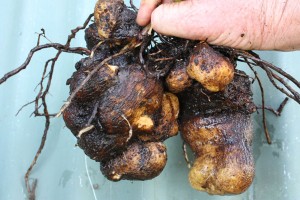 Picture 3 – Dioscorea Alata Seeds
Picture 3 – Dioscorea Alata Seeds
Consuming Dioscorea Alata during Pregnancy
Dioscorea Alata serves as an essential ingredient in minimizing water preservation and also helps to lighten vomiting and sickness symptoms during pregnancy.
Dioscorea Alata Edibility
Dioscorea Alata can be cooked in several ways such as boiling, frying or dough form. The Japanese method of cooking Dioscorea Alata is to insert it in a vinegar-water solution and then gobble it with noodles.
Dioscorea Alata Side Effects
Dioscorea Alata has certain side effects which are needed to be taken into consideration before consuming it.
- Regular intake of Dioscorea Alata can lead to various health related problems such as diarrhea, headache, vomiting and many more.
- Dioscorea Alata acts as an estrogen agent hence it should be avoided by people who have severe allergy towards it.
- Dioscorea Alata amplifies the risk of clot formation among people who have intensive protein S deficiency.
Dioscorea Alata Interesting Facts
This root vegetable has a number of interesting features that are worth mentioning.
- Dioscorea Alata contains a chemical compound called as diosgenin, which is used to make steroids such as dehydroepiandrosterone.
- Dioscorea Alata is a natural DHEA.
- Dioscorea Alata has decorative value and hence is found in gardens also.
- It is an invasive species in Florida.
- It can also be used as a soup thickener.
Dioscorea Alata Pictures
Find out how this delicious root vegetable looks like
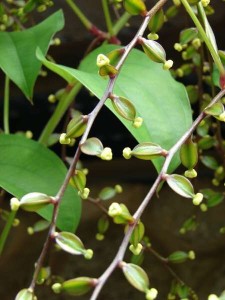 Picture 4 – Dioscorea Alata Photo
Picture 4 – Dioscorea Alata Photo
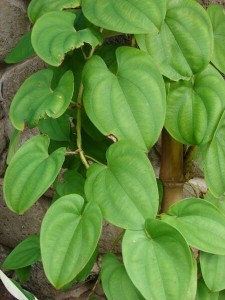 Picture 5 – Dioscorea Alata Picture
Picture 5 – Dioscorea Alata Picture
Reference:
http://en.wikipedia.org/wiki/Dioscorea_alata
http://www.efloras.org/florataxon.aspx?flora_id=1&taxon_id=200028084
http://www.ncbi.nlm.nih.gov/pubmed/7971785
https://www.nurseriesonline.com.au/plant-index/vegetable-garden/yam/
- by Amit Shah
- April 7th 2012

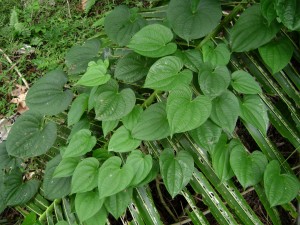
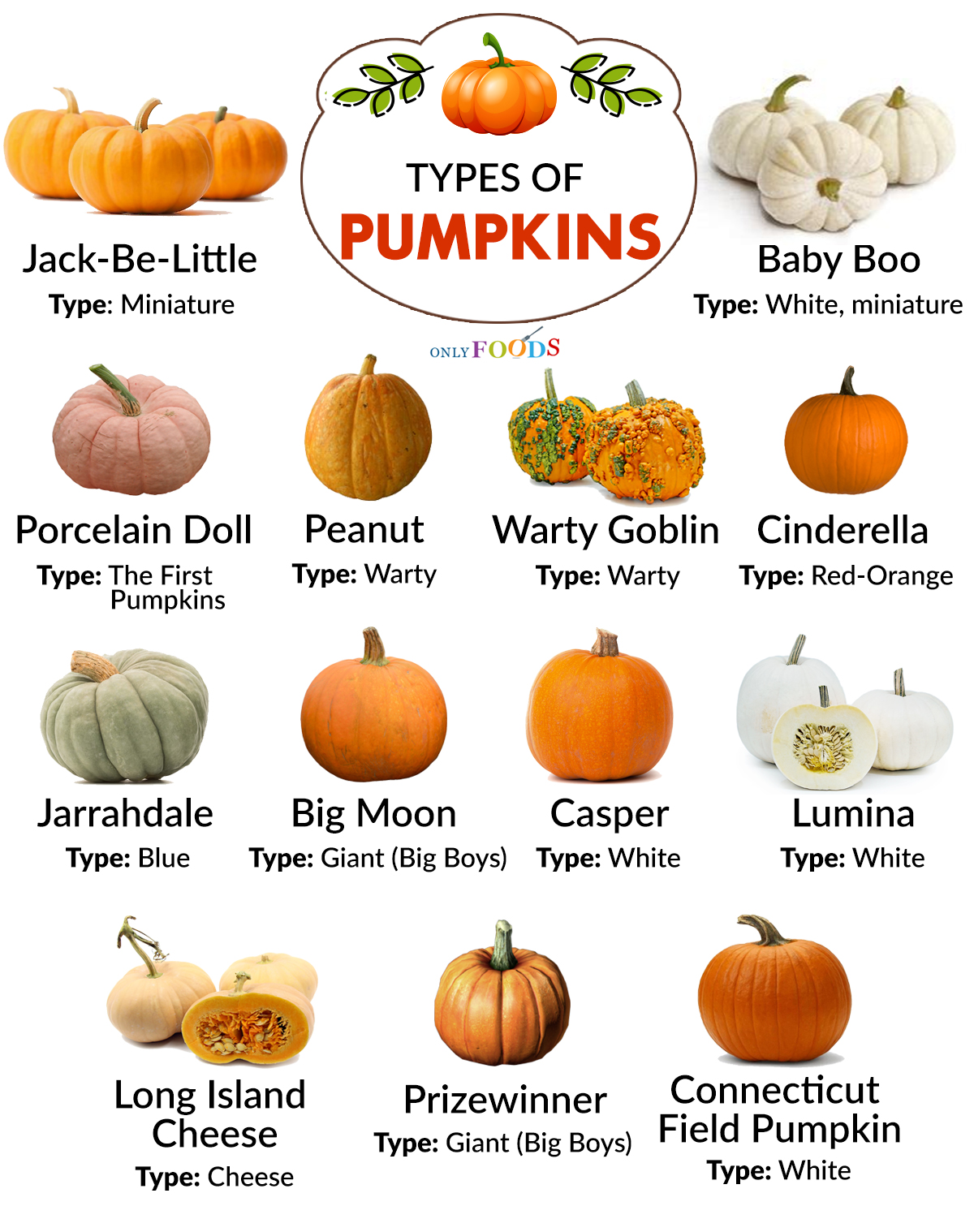
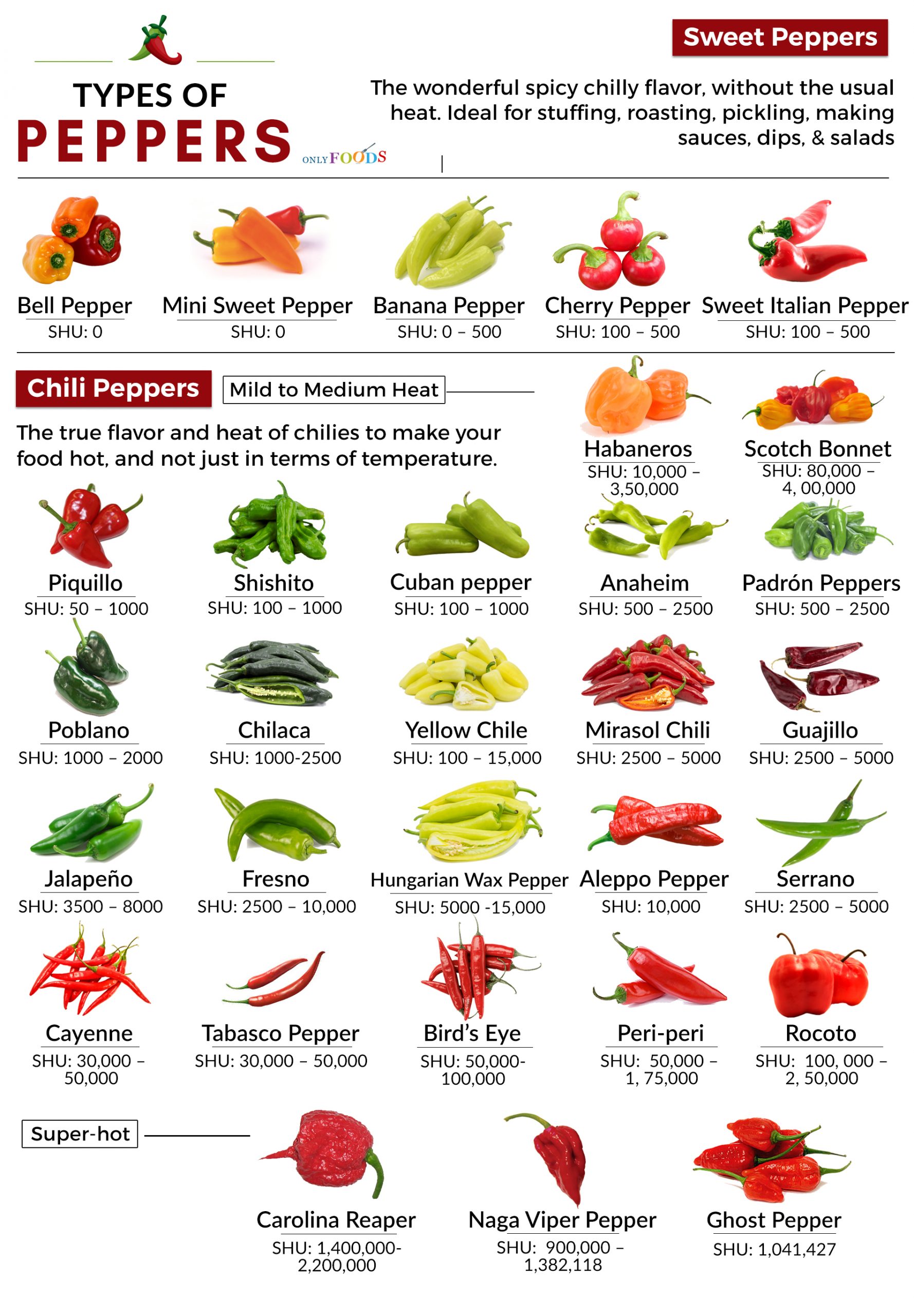
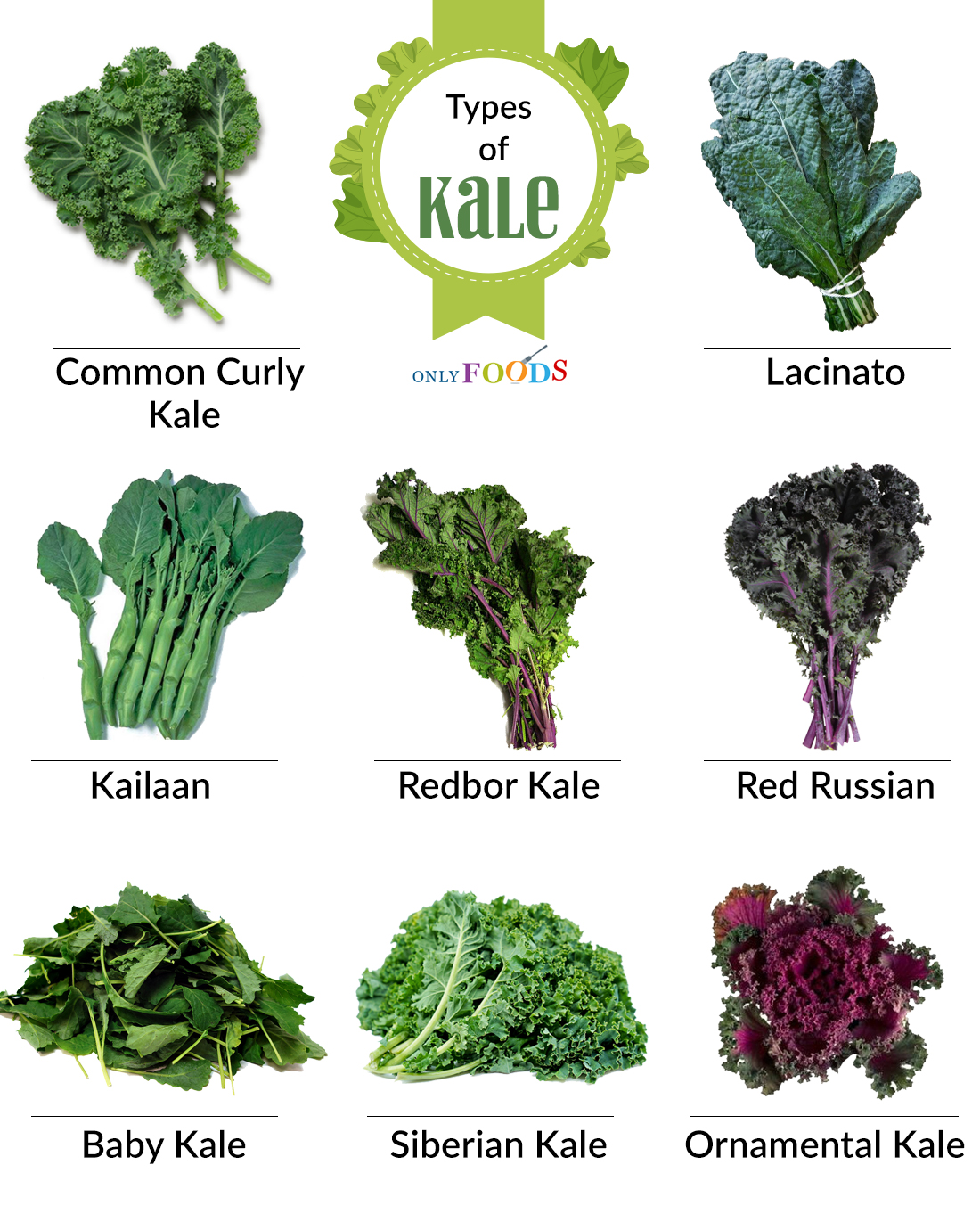
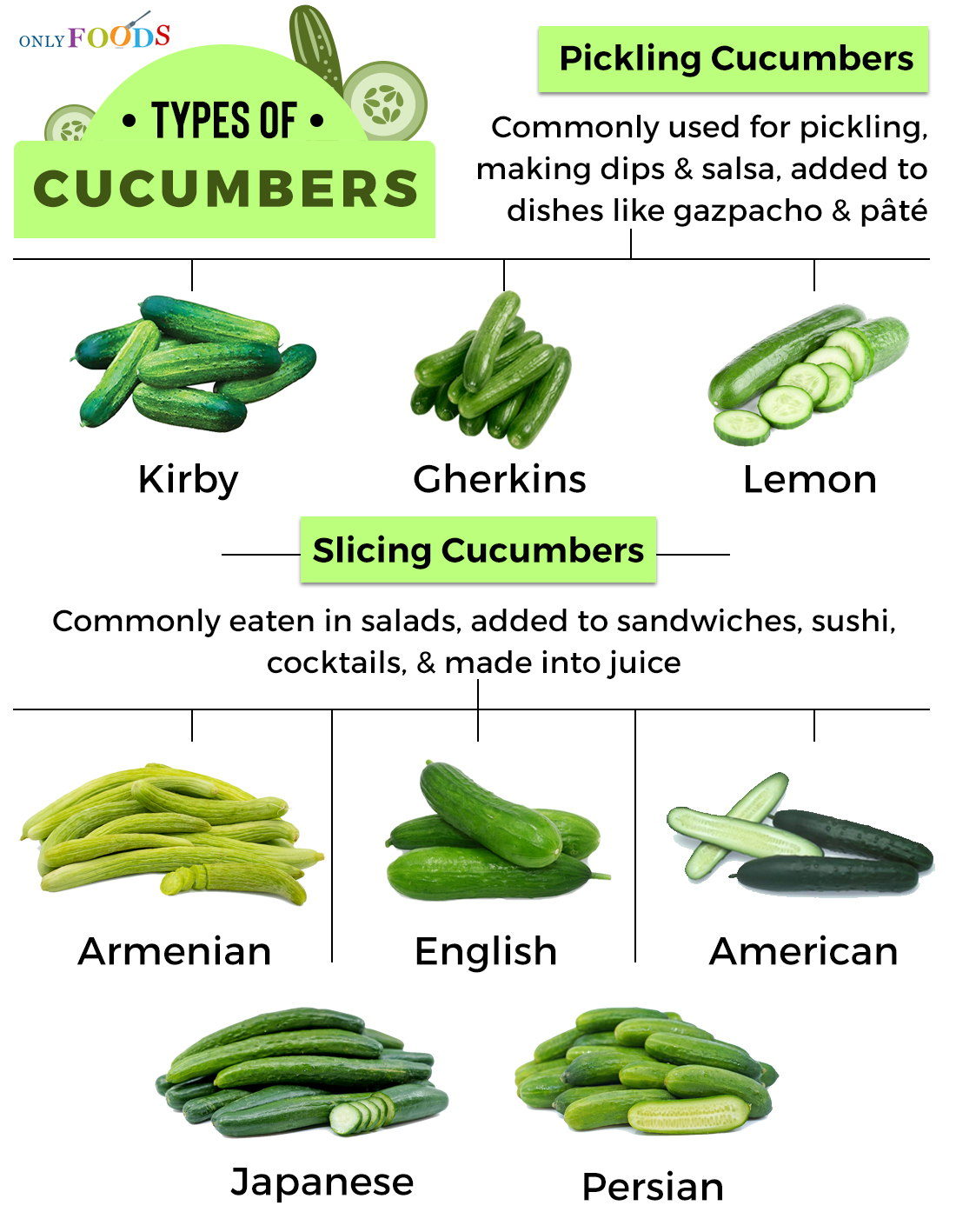
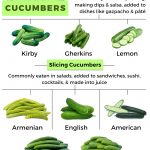
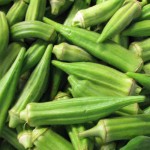
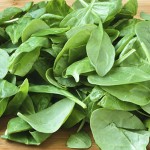
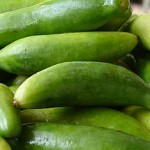
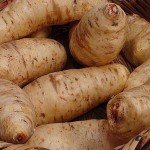
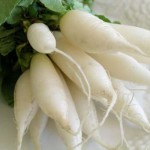
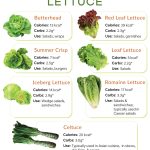
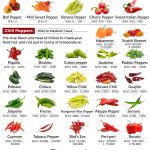
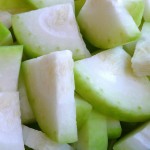
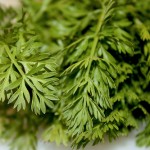





Leave a Reply